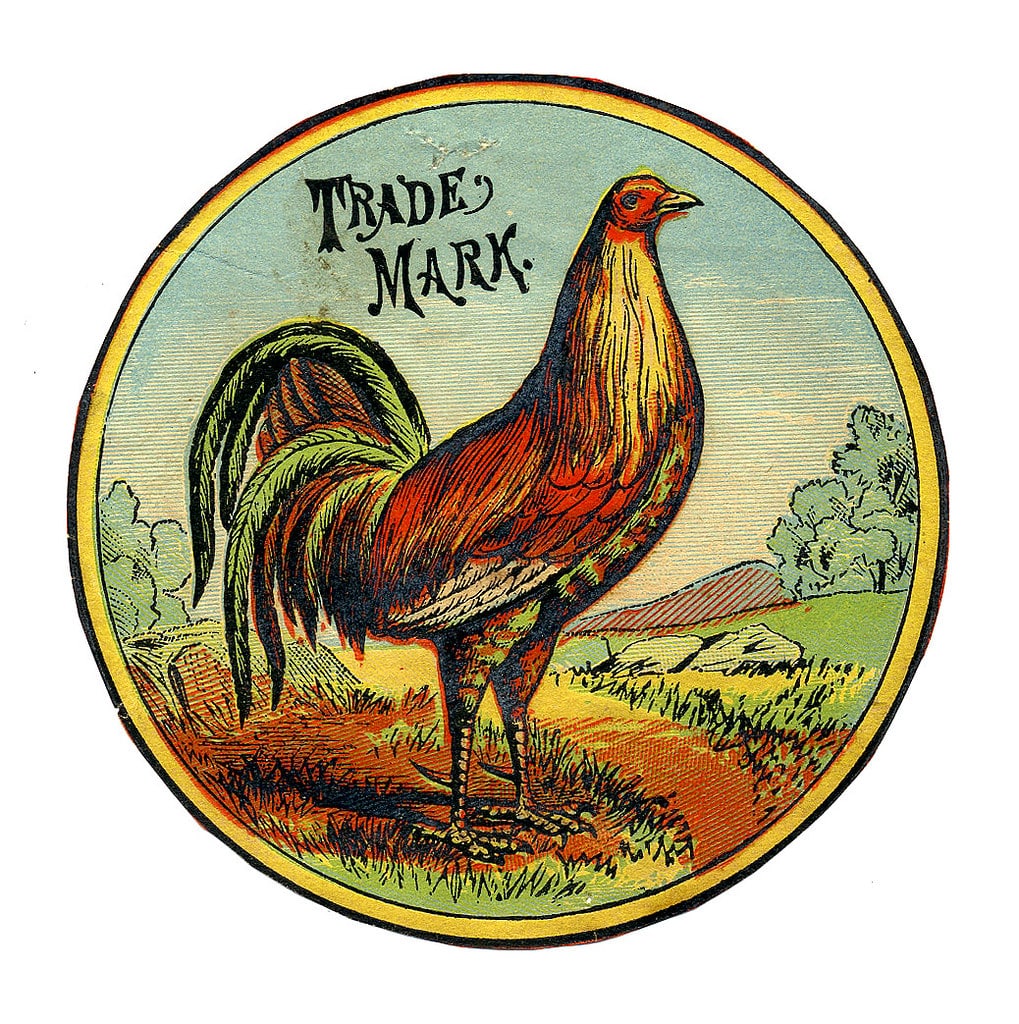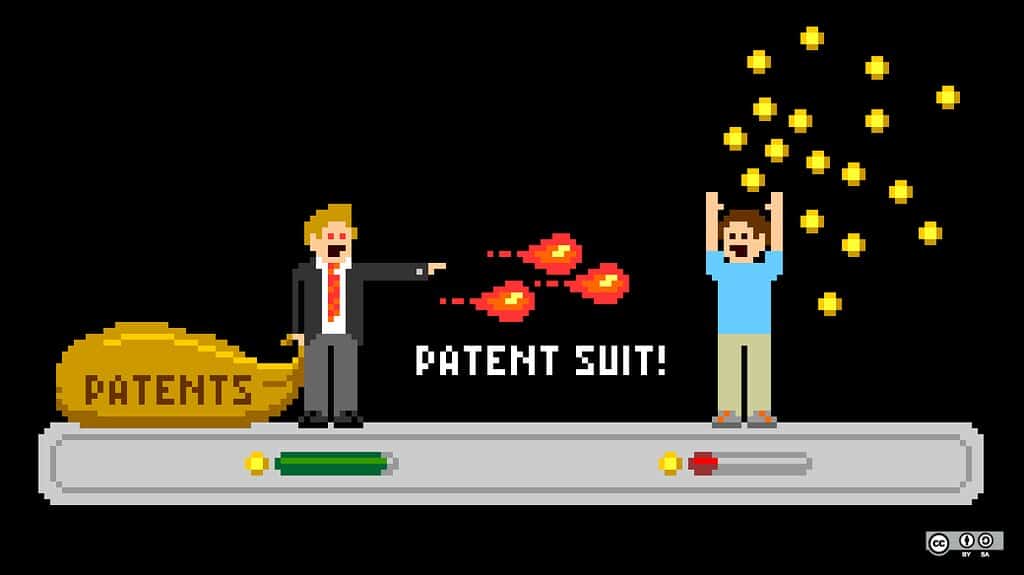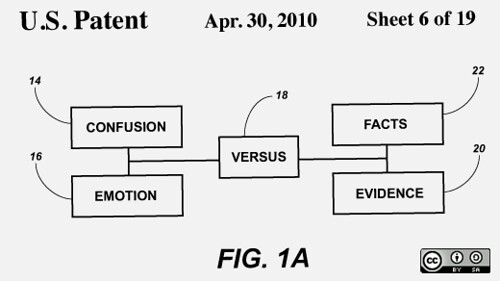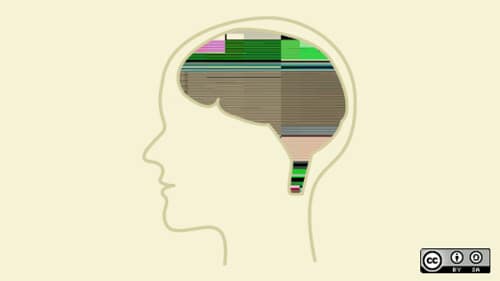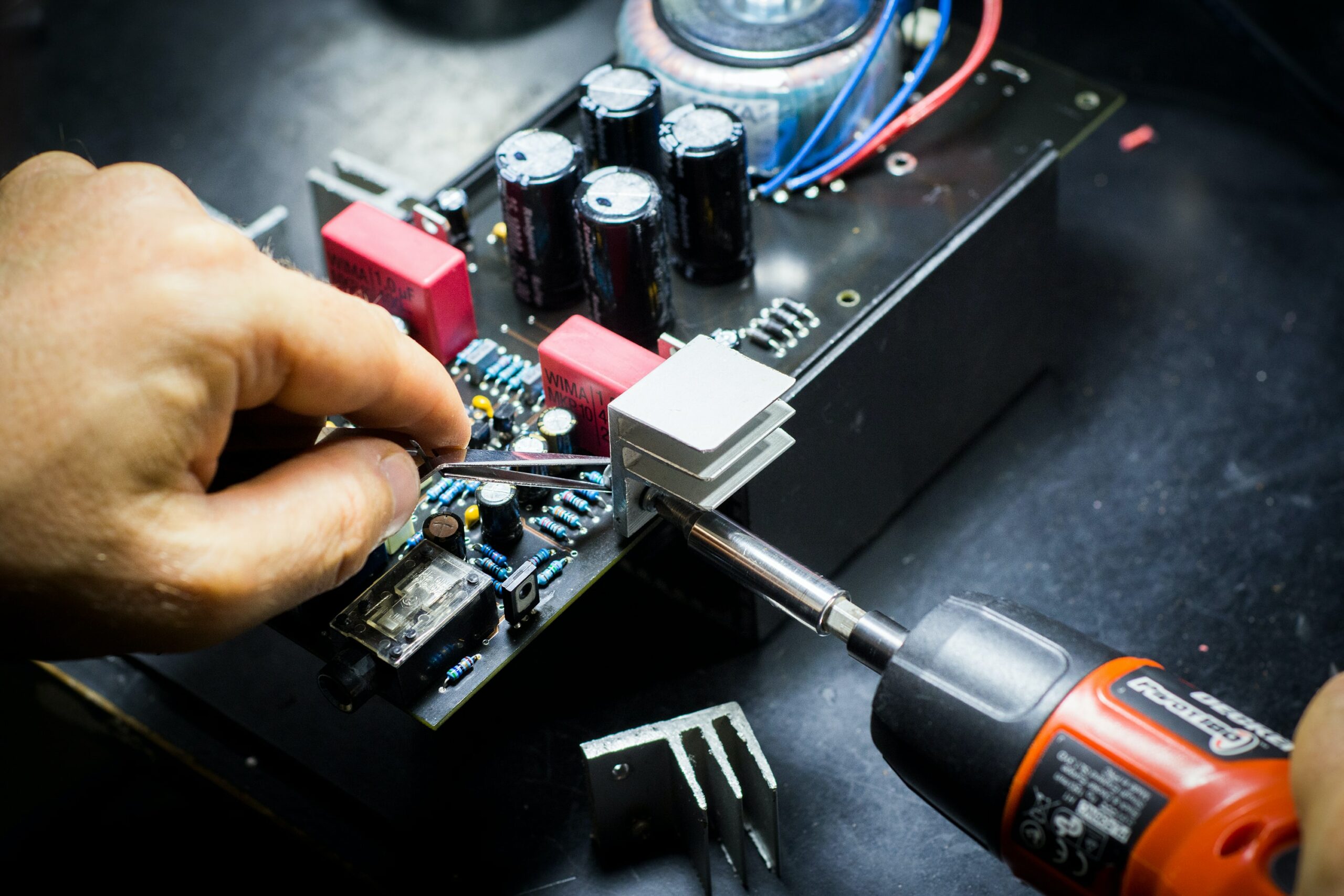
Is a Patent Lawyer the Same as an Intellectual Property Lawyer?
No, although there can be an overlap. A patent is a type of intellectual property, and intellectual property also includes trademarks, copyrights, and trade secrets. These legally exist and are legally protected under US laws in the same manner as other property. Like real estate, intellectual property can be bought, sold, licensed, used as collateral, […]
Read more about Is a Patent Lawyer the Same as an Intellectual Property Lawyer?